A large cost at lambing time can be milk replacement powder, with an average UK farm gate price of approximately 29p/litre for cows’ milk, people are asking if whole cows’ milk acts as a direct substitute for lambs.
Ewe milk is richer in protein, fat, calcium and minerals than that of cow milk, meaning it is nutritionally different. However different breeds of cow, such as Jersey, do have higher fat content. Due to the nutritional composition differences, it shouldn’t be used as a direct substitute.
In addition, there is a possible health issue in that Johnes can transfer in milk, meaning the herd would have to be Johnes-free.
A lamb drinks approximately one litre of milk per day for the first seven days, increasing to 1.5 litres/day until weaning. If the lambs were weaned at eight weeks old this would amount to 80.5 litres of milk in total.
To feed powder milk (200g of powder to make one litre) 16.1kg would be required at £2/kg = £32.20 to weaning.
To feed whole cows’ milk at 29p/litre = £23.34 to weaning. There is a difference of £8.86/head but it should be remembered that performance would not match that of powdered milk due to the differences in composition between cow and sheep milk.
It is evident that at the moment, whole cows’ milk is a cheaper alternative, but it does not have the nutritional composition of sheep milk for a direct substitute. It could however be an idea to use whole cows’ milk after the lambs have started eating concentrates.
At this time they require water and it could be an idea to mix the milk replacer and whole cows’ milk when they are eating 250g/day of concentrates. This could be fed for three-four weeks.
Pet lamb management
Orphan-lamb rearing can be successful if the housing, nutrition, health and management is correct. The housing must be well-ventilated, dry and free of drafts. Each lamb with a weight of up to 12kg requires 0.5-0.6m2 of floor space and 0.8-0.9m2 between 13kg and 30kg.
When initially putting lambs in to the pet lamb area, heat lamps can be used to ensure the lamb’s body temperature does not reduce. It is essential that lambs have had adequate colostrum of 200ml/kg in the first 24 hours after birth. The date the lamb entered the pen can be sprayed on to it. This will assist you when deciding which lambs to wean from the milk. When the lambs reach one week old, creep feeding can be introduced, while roughage such as hay must be offered to encourage rumen development.
Milk can be fed to the lambs by bottle, bucket or automatic feeder. Milk must be mixed with water no hotter than 45°C – any hotter than this can damage the protein in the milk. A good guide to temperature is, if you can’t put your fingers in the milk, it’s too hot. Milk should be fed to the lambs at approximately 20°C. An orphan lamb should drink 11-13kg of milk replacer per head when offered ad lib up to weaning. Offering the milk little and often is the best route to prevent digestive upsets, the automatic feeders offer this benefit. If using an automatic feeder, remember to calibrate the machine weekly to ensure the correct levels of powder and water and being mixed and the temperature is kept to a constant.
Weaning the lambs from the milk should be timed when the lamb is five to six weeks old, with a minimum weaning age of 35 days old. Spraying the date the lamb enters the pen greatly assists when it comes to weaning to ensure you know the age of each animal.
All orphan lambs should be closely monitored for spread of infection such as orf, which is associated with sharing teats. If you see signs of infection, the lambs should be treated and isolated from the rest of the batch, this will prevent spread of infection. Finally, if treating the main flock of lambs with clostridial vaccinations, remember not to forget the orphan lambs.






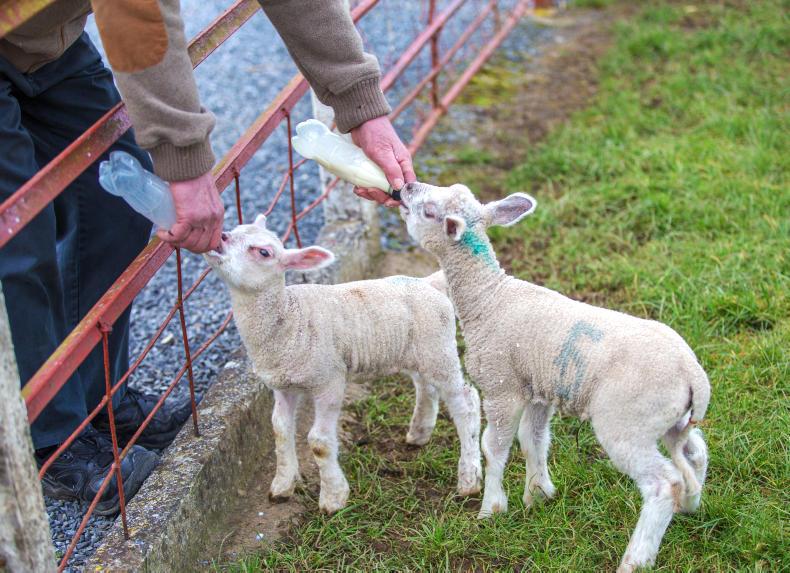
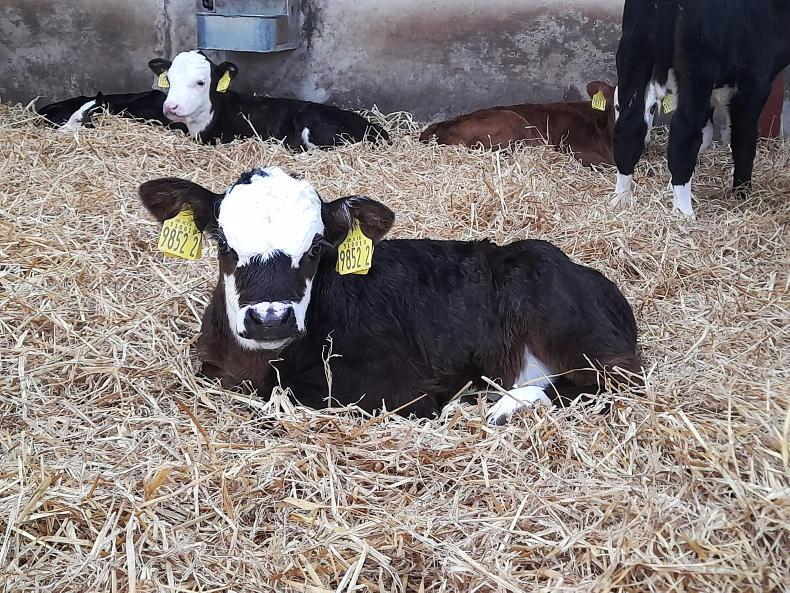

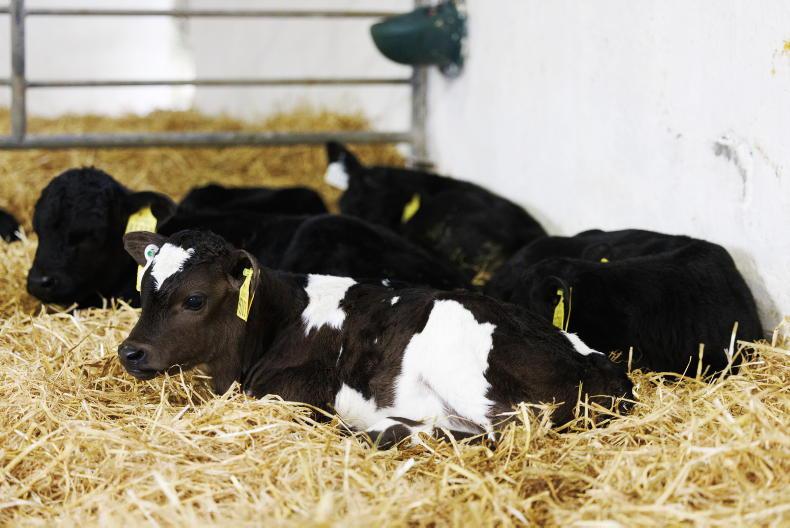
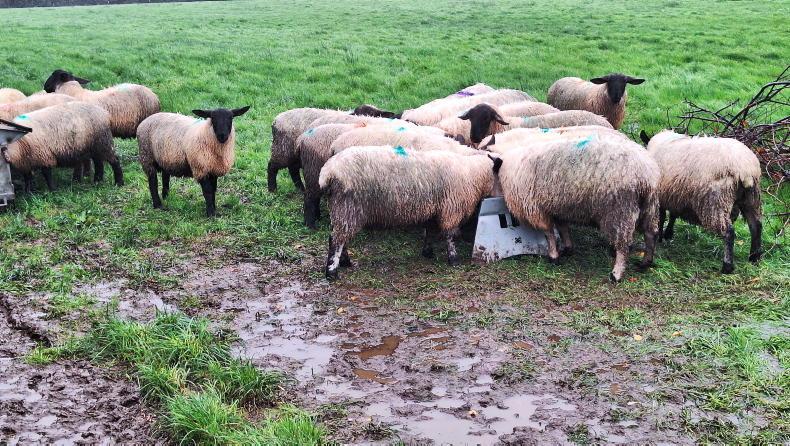
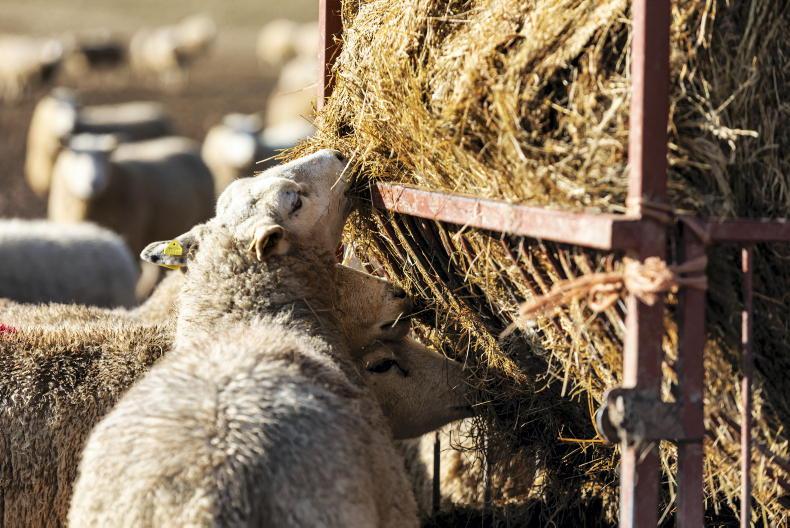
SHARING OPTIONS